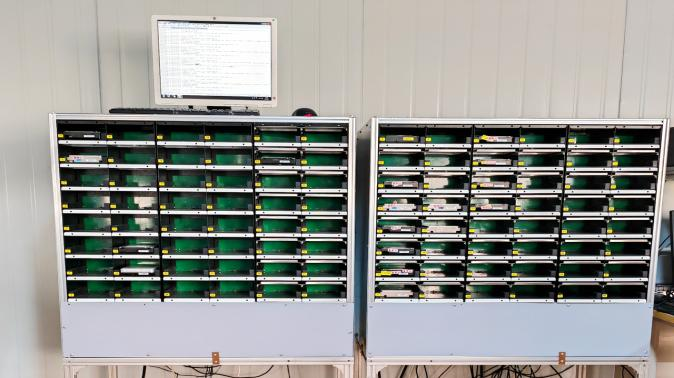In this digital era, technology has permeated every aspect of our lives, including our homes. Smart home devices have emerged as a game-changer, transforming traditional houses into intelligent, connected spaces. These devices leverage the power of the Internet of Things (IoT) to enhance convenience, security, energy efficiency, and overall quality of life. In this article, we will explore a prime example of a smart home device that epitomizes the seamless integration of technology into our living spaces.
Body:
- Understanding the Concept of Smart Home Devices:
Before delving into the specifics, let's first grasp the essence of smart home devices. These devices are designed to automate and control various aspects of a home, such as lighting, temperature, security, entertainment, and more. They are typically connected to a central hub or controlled through a smartphone app, enabling users to monitor and manage their homes remotely. - Introducing the Smart Thermostat: A Paradigm Shift in Climate Control:
One remarkable example of a smart home device is the smart thermostat. Gone are the days of manually adjusting temperature settings; smart thermostats revolutionize climate control by learning user preferences and optimizing energy consumption. These devices employ advanced algorithms and sensors to analyze data such as occupancy, weather conditions, and user behavior. With this information, they automatically adjust temperature settings, ensuring optimal comfort while minimizing energy wastage. - Features and Benefits of a Smart Thermostat:
a. Energy Efficiency: Smart thermostats can significantly reduce energy consumption by intelligently adjusting temperature settings based on occupancy patterns and weather conditions. This not only reduces utility bills but also contributes to a greener environment.
b. Learning Capabilities: These devices adapt to users' routines and preferences over time, creating personalized temperature schedules. They can even detect when occupants are away from home and adjust settings accordingly, ensuring energy savings without sacrificing comfort.
c. Remote Access and Control: Through smartphone apps or web interfaces, users can monitor and control their smart thermostats from anywhere. This feature allows for convenient adjustments, ensuring a comfortable environment upon arrival.
d. Integration with Other Smart Devices: Smart thermostats can seamlessly integrate with other smart home devices, such as smart lighting and security systems. This integration enables a holistic approach to home automation, enhancing convenience and security. - Compatibility and Ecosystem:
To ensure a seamless user experience, smart thermostats are designed to be compatible with various heating, ventilation, and air conditioning (HVAC) systems. They often support popular communication protocols like Wi-Fi, Zigbee, or Z-Wave, enabling integration with a wide range of devices. Additionally, leading smart thermostat manufacturers often provide comprehensive ecosystems, offering additional features and compatibility with other smart home devices.
Conclusion:
The smart thermostat exemplifies the transformative power of smart home devices. By leveraging advanced technology and connectivity, these devices enhance comfort, energy efficiency, and convenience in our homes. With their ability to learn, adapt, and integrate with other devices, smart thermostats pave the way for a future where our living spaces are truly intelligent and responsive. Embracing such innovations not only improves our daily lives but also contributes to a sustainable and connected world.


